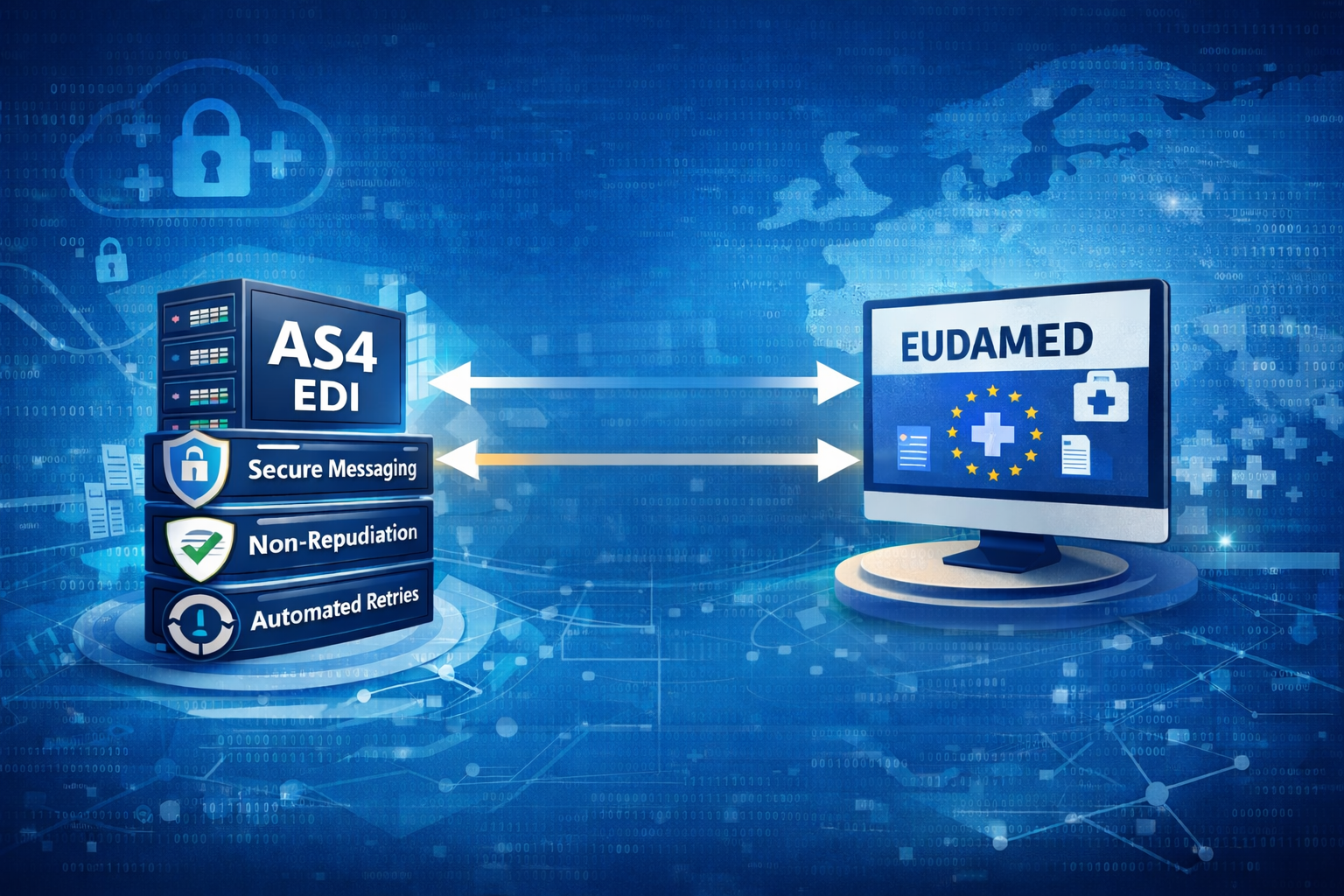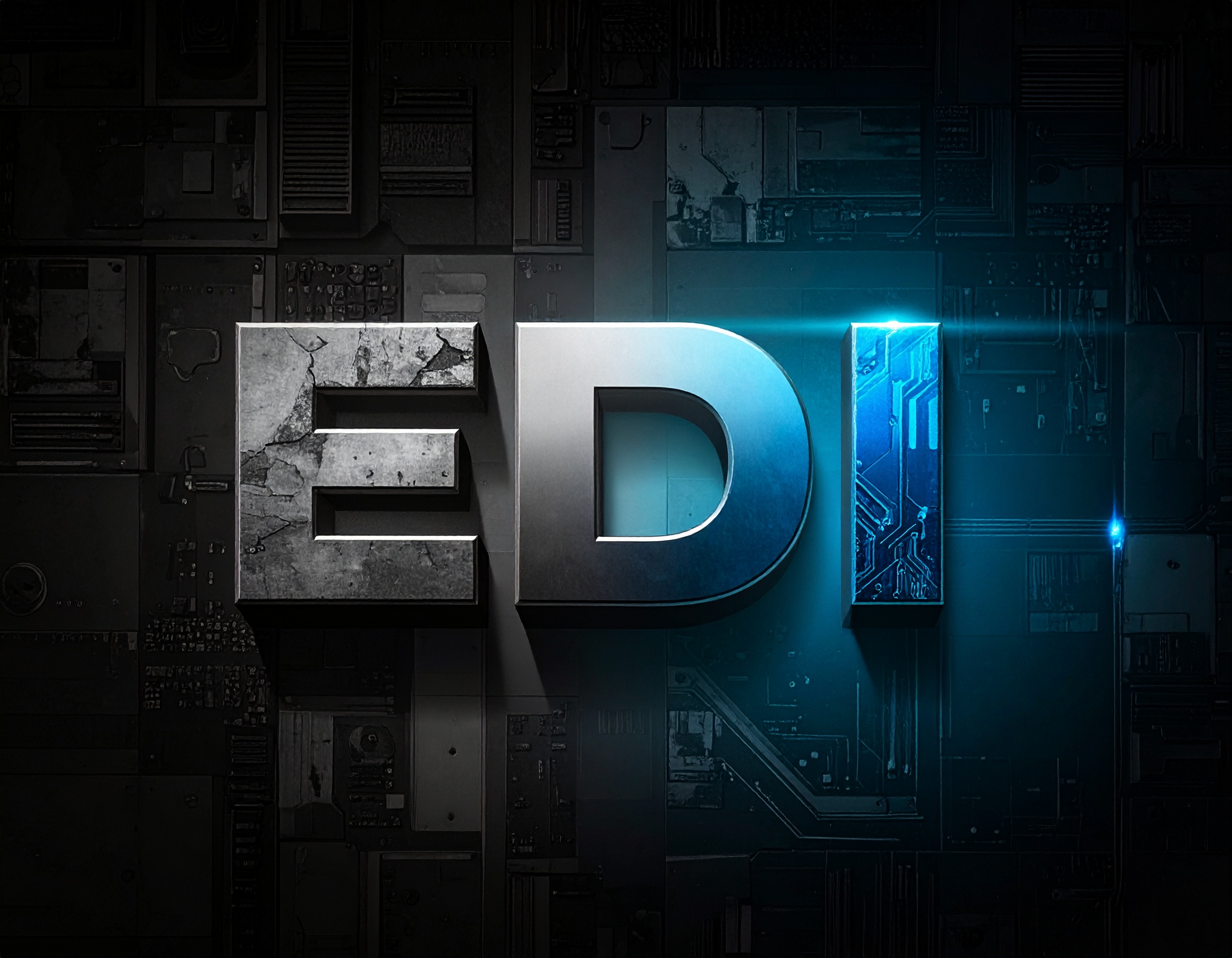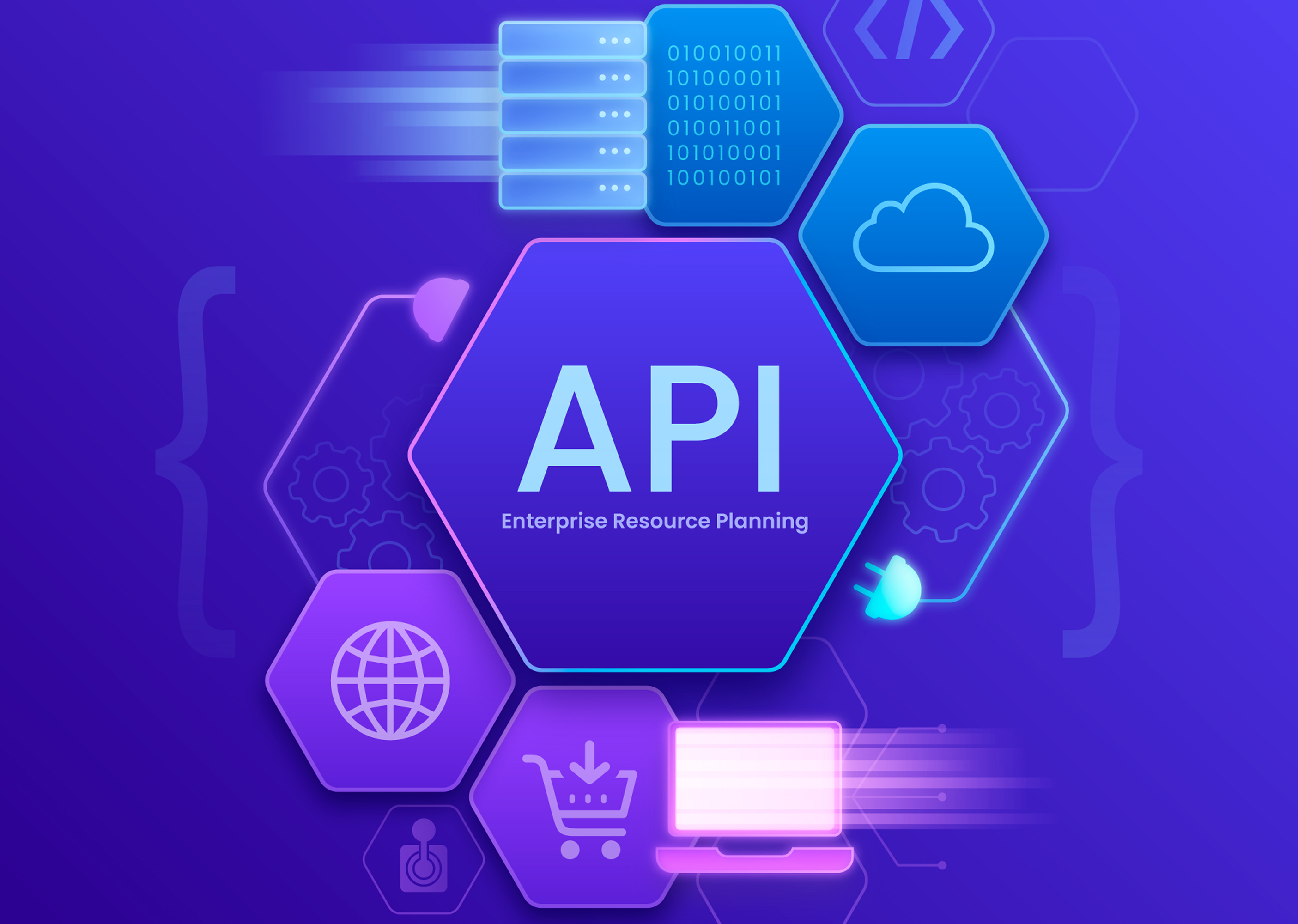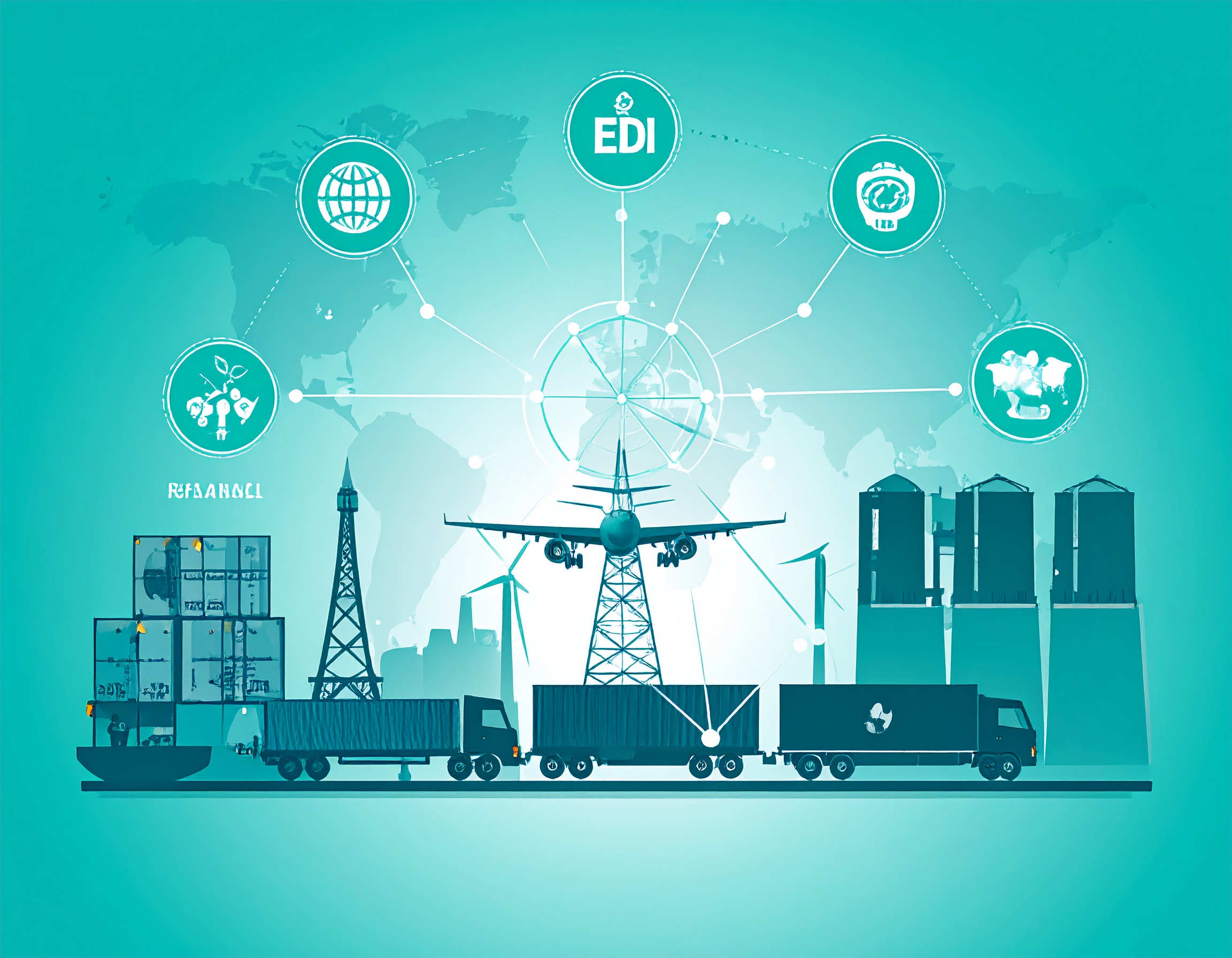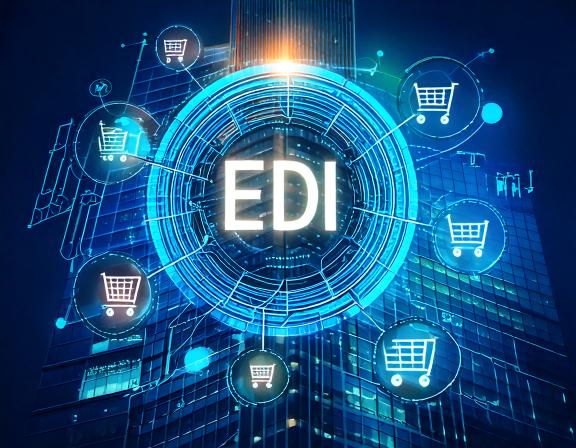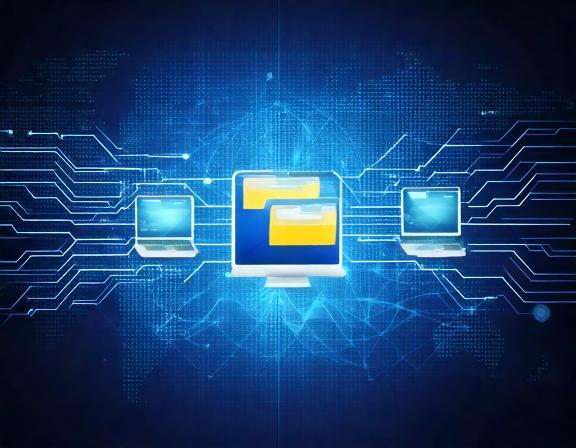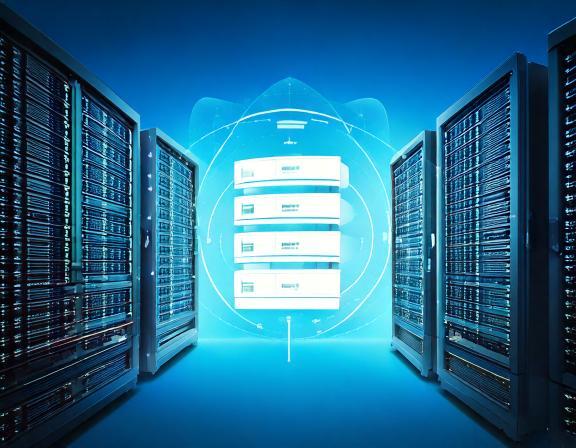MFT Gateway is a hosted Software as a Service (SaaS) solution that enables file exchange over the AS2 or SFTP protocol, without the need to install or maintain.
- Blog
- What are the advantages of Electronic Data Interchange (EDI)
EDI | X12
What are the advantages of Electronic Data Interchange (EDI)
This article will discuss what are the advantages of Electronic Data Interchange (EDI) and how it leverages organization’s key resources to maximize profit.

Kumudika Rupasinghe
Published: 24 Feb 2023

Digital transformation takes a great part in improving business processes in B2B organizations. As a part of digitalization, Electronic Data Interchange (EDI) creates value addition in organizations in various industries such as retail, manufacturing, pharmaceutical, logistic, etc. and helps to gain competitive advantage in various areas. In this article, let’s discuss what are the advantages of EDI and how it leverages organization’s key resources to maximize profit.
Reduce paper work
EDI replaces paper based documents with digitized purchase orders, invoices, shipping notices, etc., reducing the processing times, human errors and associated various costs such as postage, information processing costs, capital investment for print infrastructure, and administrative overhead. Moreover, being paperless makes the company greener, which earns a good reputation for the company.
Reduce cost
In addition to the cost savings from reducing print infrastructure and administrative overhead, EDI enables smart stock management by allowing organizations to forecast stock requirements based on current inventory levels, outstanding purchase orders, expected demand, etc. and invest on cost-effective storage units rather than going for unnecessarily large warehouses. This is really important for transport and logistics companies. Moreover, improved business cycle speed and efficiency, reduces operating costs as well.
Increase transaction accuracy
Documentation management is a hectic process in industries like logistics and transportation, because of manual paper work. The more the process is manual, the more the risk of human errors. In addition to the inaccuracies in processed documents, there’s a chance in misdelivery and documents getting lost among the distribution channels. Document reprocessing may be required in such cases and may lead to delay in main business operations, which will lead to losing the good will of the stakeholders and reputational damages in the long run. Since EDI helps to automate the documentation management process, it reduces the risk of human errors and increases the accuracy of transferred documents, and speeds up the process.
Enables transaction tracking
With the automation of transaction processing, EDI systems like EDI Generator provide the ability to track down the status, whereabouts of the transactions and associated parties. Most of the EDI systems facilitate status notifications, delivery reports and system audits, which makes the transaction process more transparent to the parties involved and keeps the handling times at optimum levels. Administrative parties can monitor status of the transaction like processed, sent, received, etc., in each stage of the distribution channel and trace any delays before it affects the full distribution cycle.
Improves security
One of the advantages of EDI is, EDI systems use a wide range of secure communication protocols like AS2, SFTP when sharing documents, which facilitates secure mechanisms like encryption, authentication, and non-repudiation. This increases the security of transactions and document interchange in B2B communication. And since the system records each transaction and provides the auditing capabilities, it helps governing bodies to execute administrative procedures in case of tax evasion and fraudulent activities. Moreover, EDI systems facilitate user access controls, enhancing the security of the systems and stored confidential information.

Expand the market
EDI is a computer-to-computer communication mechanism where business documents are exchanged between trading partners in a standardized electronic format. This universally accepted standard, helps organizations to break the communication barriers between different business entities. It helps the organizations to expand the market by exposing the organization to more opportunities in international trading.
Easy scalability and interoperability
Think about adding a new supplier, customer, or any kind of trading partner to your business flow when growing the business. You may need to support new trading document types when doing business with the newly added party and imagine the paperwork you have to go through for each time you add a new partner. But for an EDI system, it might be just adding a new entry, because of the systemic approach. And since most EDI systems support conversion of incoming/outgoing EDI documents to other files types such as JSON, XML, CSV, etc., users can easily integrate existing internal systems, such as SalesForce etc., or other hosted systems, to the EDI system.
Improves communication and customer satisfaction
Speaking of many advantages of EDI, unlike traditional communication, since EDI provides more transparency, accuracy, efficiency, etc., collaboration and relationship between trading partners, customers are even smoother. Because of faster delivery of goods and services, customer and trading partner relationships will escalate to another level. Because of transaction tracking capability, customers get real time statuses of the orders, shipments, etc., which increases customer satisfaction, which leads to customer retention in the long run.
Suitable for any industry and any size
Because of the standardized format, EDI can be used for any industries such as Retail, Manufacturing, Pharmaceutical, Healthcare, Automotive, Energy, Financial Services, Transportation, Logistics etc. Moreover, since EDI drastically improves business processes and saves time, cost, labor and because of all the above mentioned advantages, it is suitable for any organization size if they select the correct system with correct scaling.
Conclusion
EDI plays a big role in digital transformation and there are many advantages of EDI, which can be brought to the organizations. Hence, investing in an EDI system like EDI Generator would be a significant and important milestone in the long-term strategic plan.
👉 Send and Receive EDI just as emails. Learn more about our EDIGenerator.

Talk to an EDI Expert
Join hundreds of organizations already taking full control of their B2B AS2 communications with our trusted solutions. Contact us today to tailor a solution that fits your specific AS2 EDI needs.
Related Articles
View All BlogsExplore our product stack
Try before you buy with a 30-day Free Trial
No commitment, all value. Try the AS2 Solution Risk-Free and discover how our solutions can transform your business workflows. No credit card required.
Explore Your Possibilities
Elevate AS2 Communications with our EDI and AS2 Solutions
See how our AS2 and EDI solutions can simplify your integrations, boost efficiency, and keep you compliant—request a personalized demo today.

